Here we are 2 months down the road on my mirrorless journey with my Panasonic Lumix GX8, so what’s the verdict. Well, the verdict is most definitely that it’s too soon to say. In all honesty, to a great extent, it has been a case of “better the devil you know.”
On one hand I have the very reliable Canon 5D mk3 as my regular studio camera and over several years I have found it impossible to fault the results I have had from this camera and have a great reluctance to take it out of regular use. In fact when I was initially justifying its purchase I did often say that by purchasing a camera of that quality you left yourself with only one thing to blame if you weren’t happy with your results ……. the photographer. Will my GX8 manage to compete with this?
On the other hand I have another Panasonic camera, the compact, Lumix TZ90 which for holidays and out and about photography produces pretty good results and with a 30x optical zoom increasing to 60x “intelligent” zoom and its 20 megapixel sensor is pretty hard to compete with. Add to this the fact that it will easily fit in your pocket and it’s difficult to fault it when out and about. Possibly my main frustration with the TZ90 is that you really need to carry a tripod with you to fully take advantage of its very impressive zoom capabilities.
If all of this wasn’t enough competition, whatever mobile phone you carry nowadays has a pretty useful camera incorporated in it and will more often that not prove to be all you need on a day out, so where does that leave us?
I think for me the GX8 is most likely to challenge as my main studio camera. It’s difficult for me to comment on its capabilities as a camera for sport or wildlife photography as this isn’t something that I regularly photograph. The shot below was taken handheld with the GX8 with a 45-200 zoom at maximum zoom so I am guessing that if you were properly equipped for this style of shooting with a high quality lens and the specialist knowledge for the genre then you could obtain some very acceptable results.

I think the same applies to studio photography. For the moment I am using the 12-60 lens that came bundled with the body and, as with any interchangeable lens camera, the quality of the lens is so important to the final results.
So where does that leave us? Well, I’ve found it difficult to actually take the plunge and give the GX8 a fair test. I thought suggestions of actually leaving my Canon at home were a little extreme but last week I did manage to find the resilience to actually leave it in the case for a whole shoot and just use the GX8 and some of the images are below. I thought perhaps the images were not quite as crisp as with my Canon but I reserve judgement for the moment. Getting used to the viewfinder is also difficult for me, what you see is different and after many years of using a DSLR takes some adapting to. I also found that focusing in low light was a little slower with the GX8 but even with the low key art nude shots the autofocus did always work after a short delay.
My main problem so far has been what I also consider to be one of the camera best assets as well, the touch screen. I like how I can look through the viewfinder and move the focus point on the touch screen with my finger at the same time, useful for quickly setting the focus point over the eye of a model, but what I have been finding is that as I shoot, if part of my face touches the screen it can move the focus point. I’m working on this one and I’m sure it will be sorted eventually.
As I said at the beginning, the jury is still out. One big advantage is weight, both in the kit you carry around and also just the weight of the camera throughout the shoot. Everything else being equal I think this may become the deciding factor as to the camera I eventually finish up using as my main studio camera.
So for now no decisions I’ll just leave you with some images from what was really my first full shoot with the Panasonic Lumix GX8, my shoot with ElleJ at JFYP Studio.
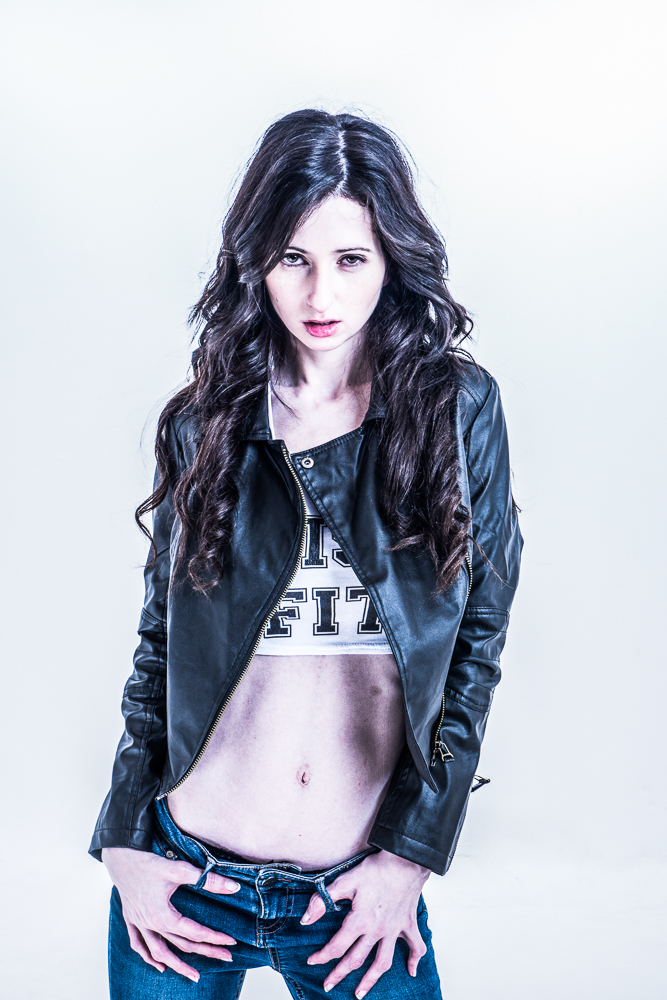
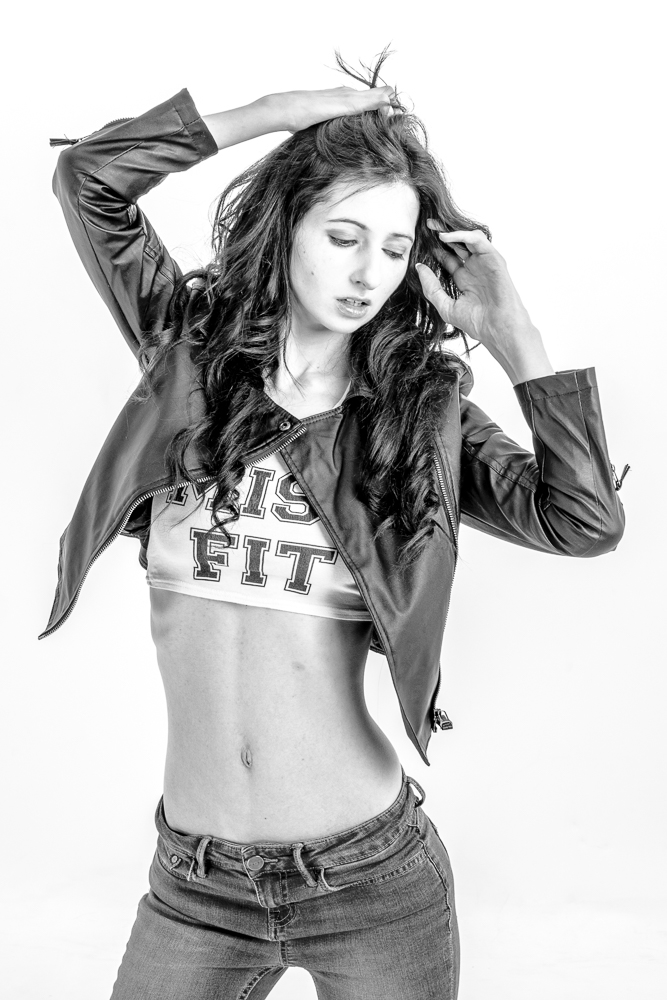
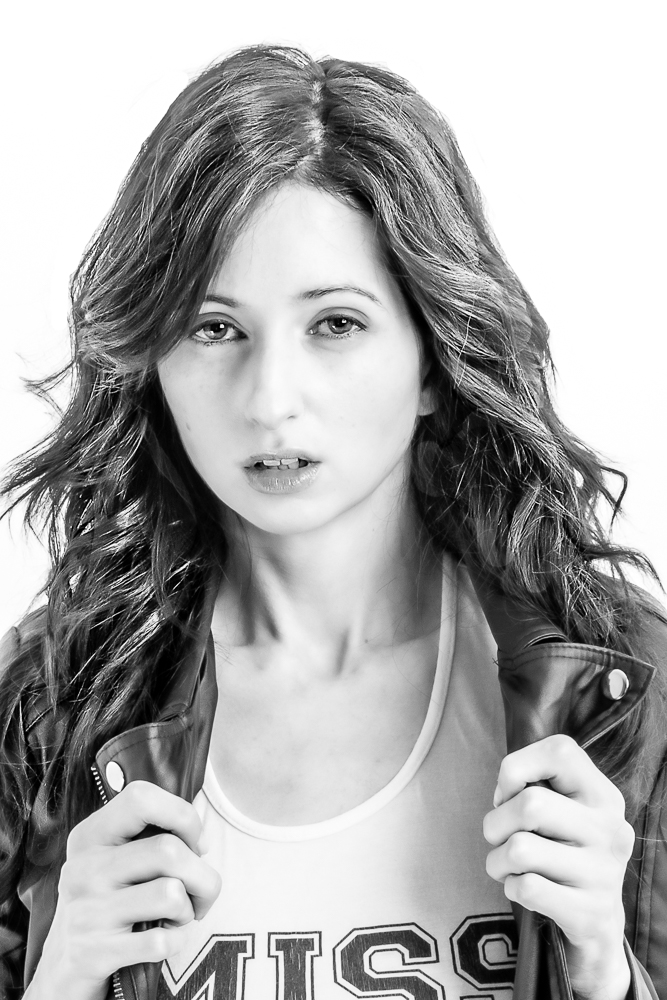
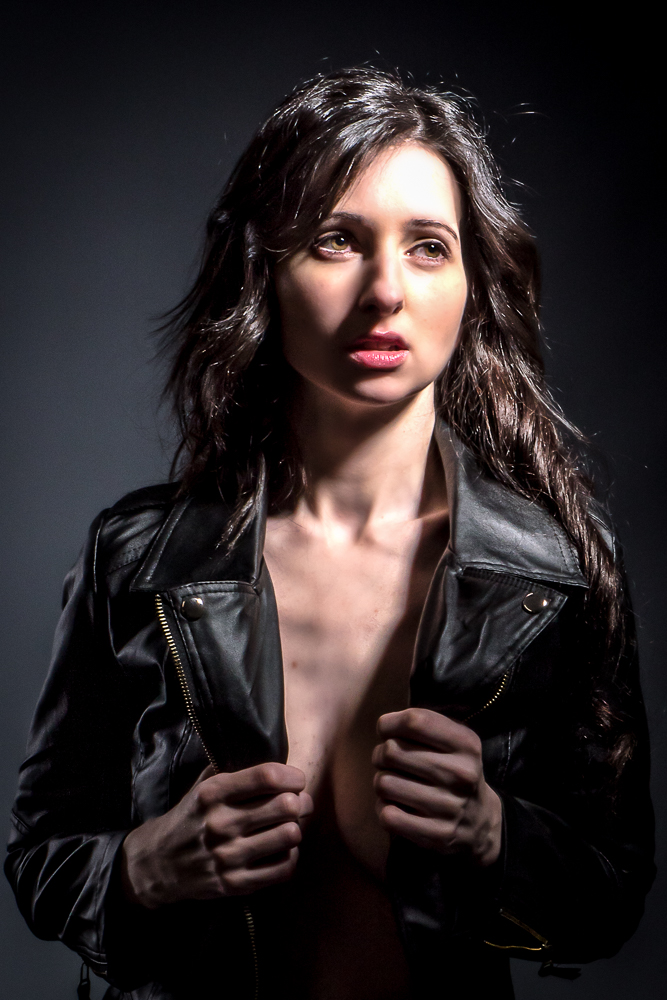
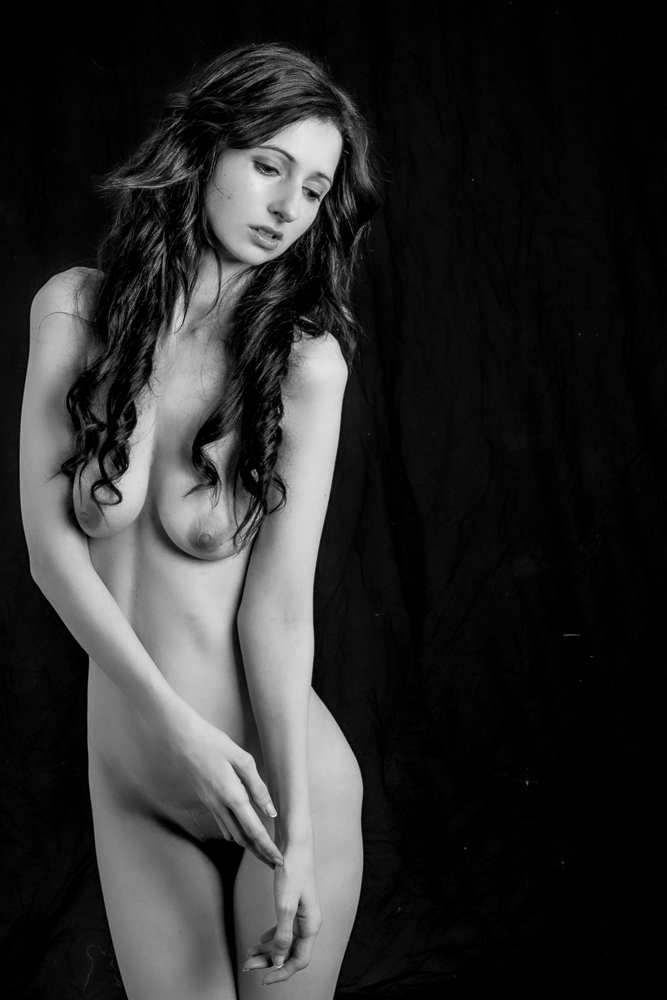
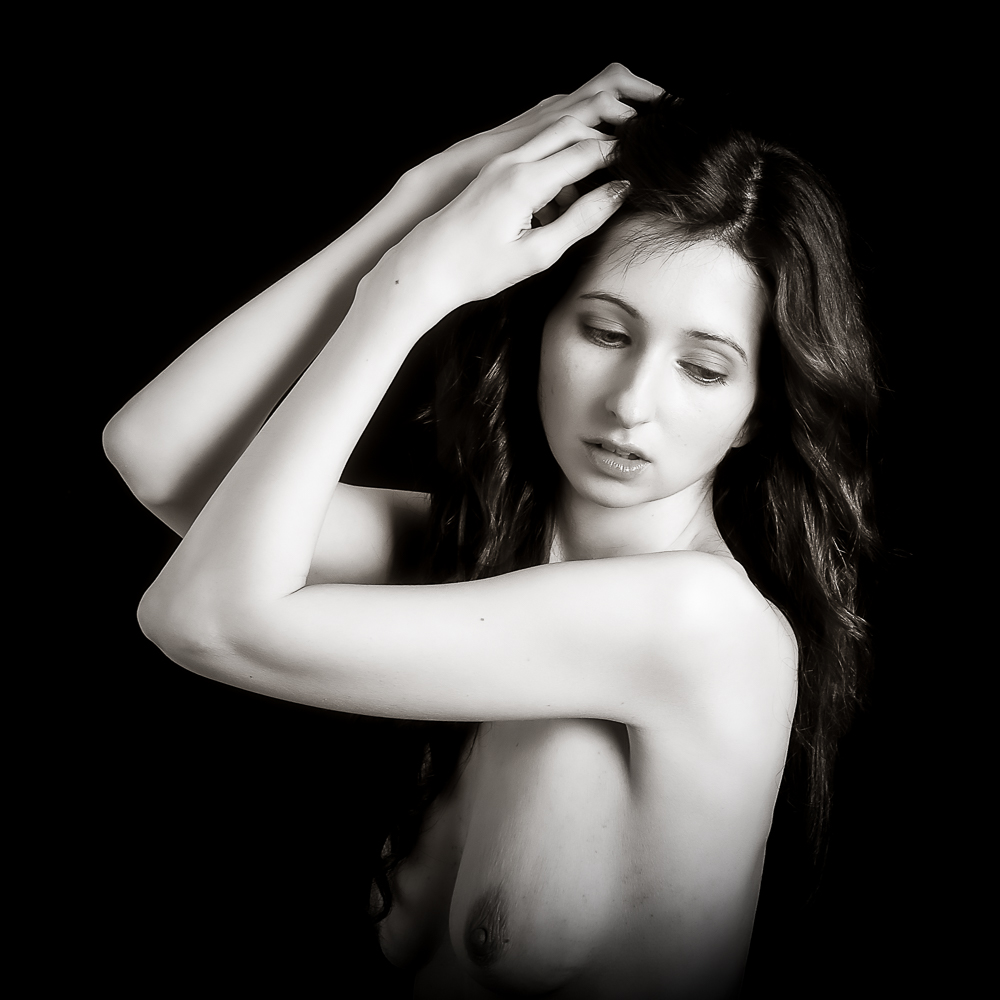
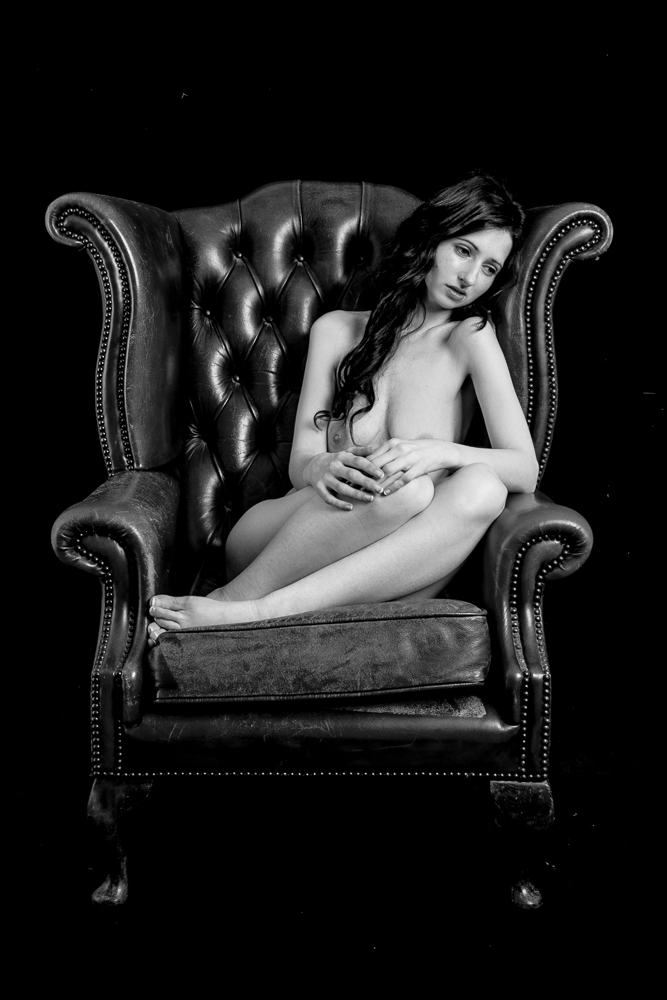
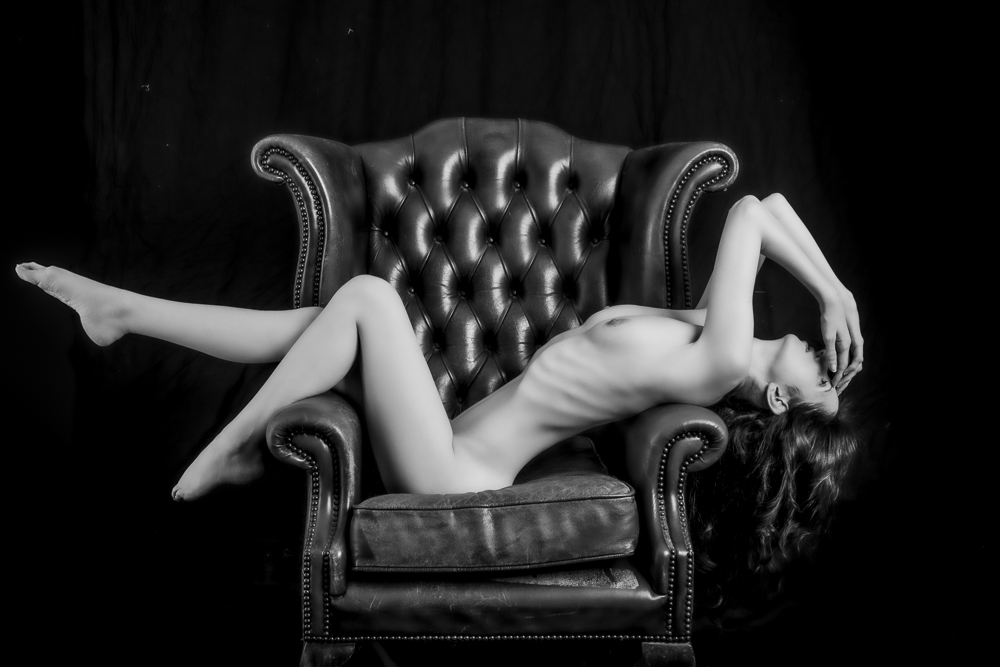
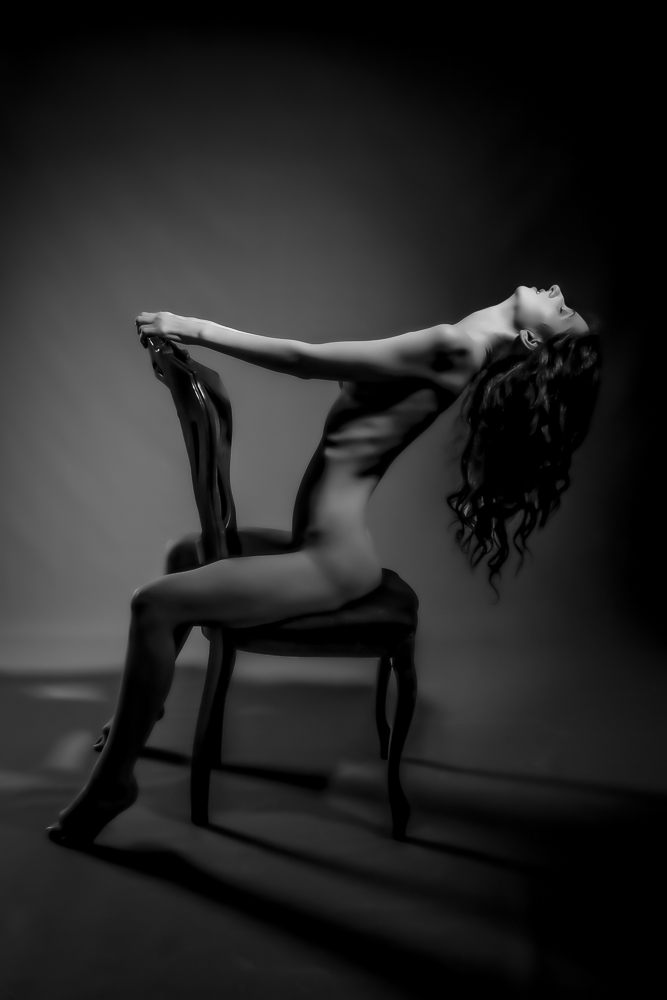
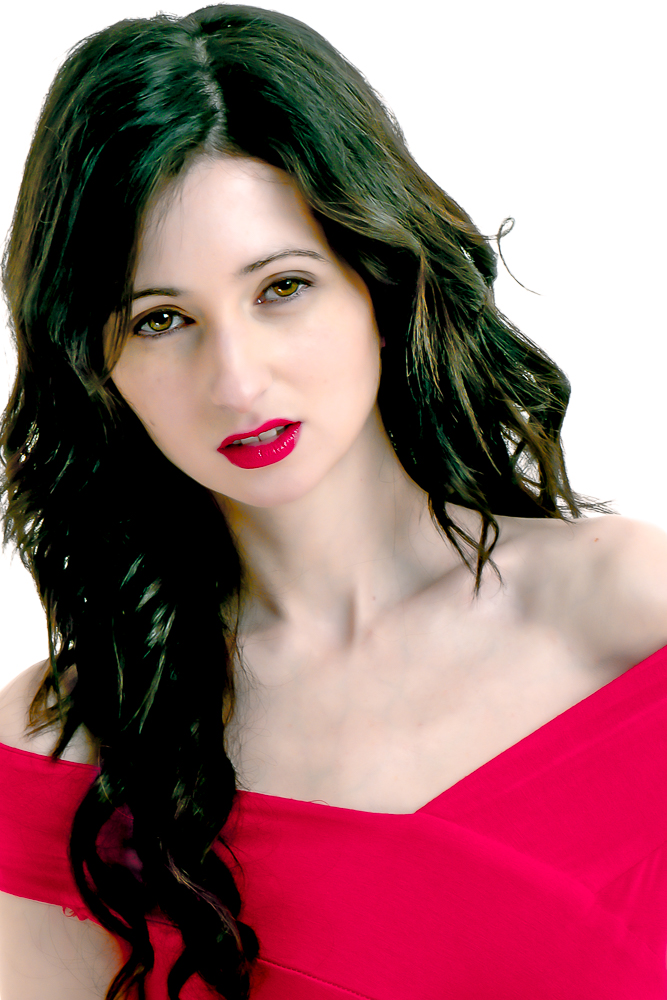

I am a dinosaur, having used SLRs and DSLRs since long. Owning a Fujifilm X-T2 and a Canon EOS 60D, I prefer the OVF because of resolution and brightness. I am not a supporter of the YouSeeIsWhatYouGet thing, because with DSLR you can easily depend on the autoexposure of the cam, if there is some doubt, just do bracketing; or adding +1 in snow environment. But for sure the mirror is at its very edge now and for sports photography or “high burst, anyone would prefer a Sony A9. (I don”t own one, so I don”t know about it”s viewfinder lag; with the Samsung NX1 it was an issue quite often.) For discrete photography, mirrorless is also in advantage (silent electronic shutter). For portrait photography, using face recognition or eye recognition as offered by mirrorless cams is a major plus. The benefits on the mirrorless side seem to be overwhelming. Did I mention I nevertheless enjoy using my old reliable 60D nearly 120.000 frames right now!? generic cialis